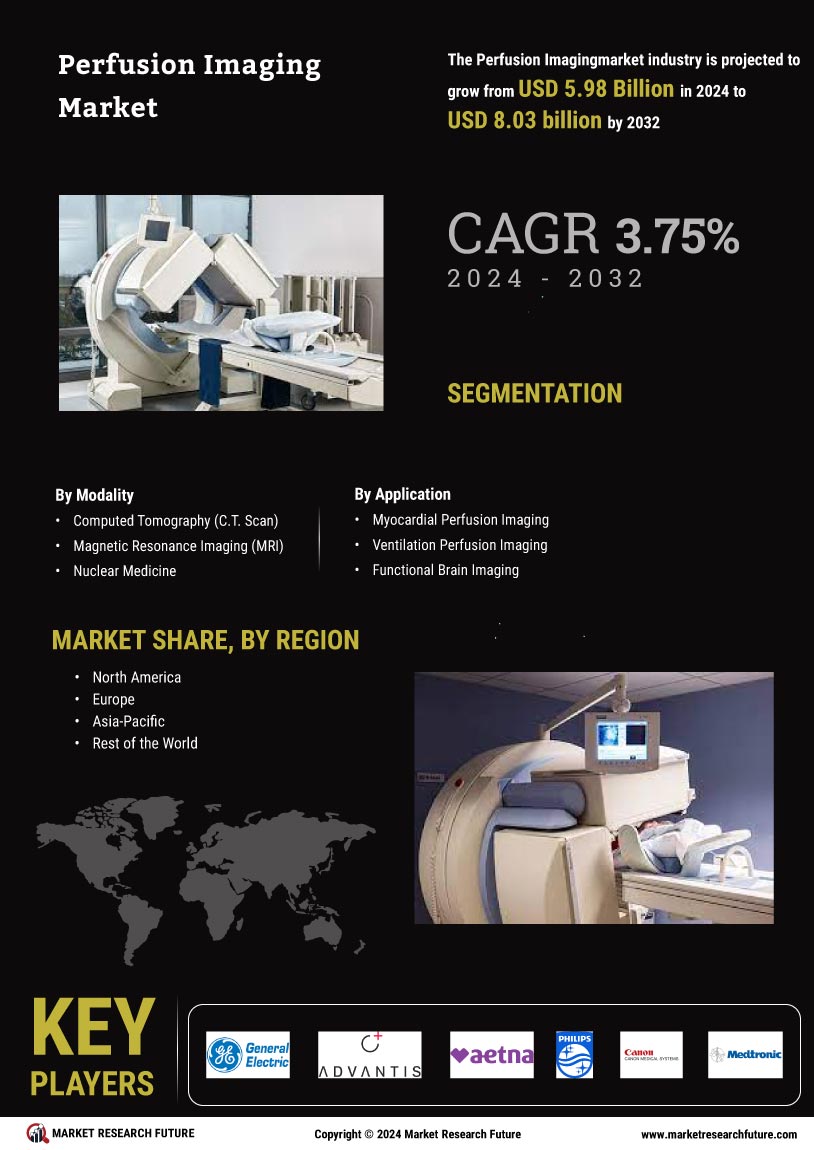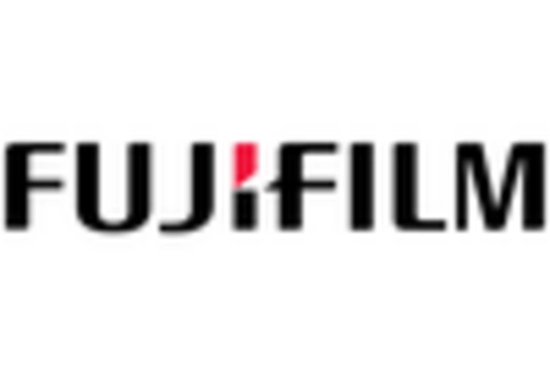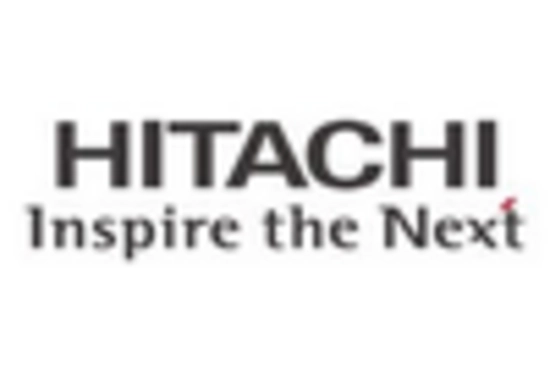Growing Geriatric Population
The aging population is a significant factor driving the Perfusion Imaging Market. As individuals age, the risk of developing chronic diseases, including cardiovascular and neurological disorders, escalates. This demographic shift necessitates advanced diagnostic tools to monitor and manage these conditions effectively. The geriatric population often presents with complex health issues that require detailed imaging assessments, making perfusion imaging an invaluable resource. Market data indicates that the elderly population is projected to increase substantially in the coming years, leading to a heightened demand for imaging services. Consequently, healthcare providers are likely to adopt perfusion imaging technologies to cater to the needs of this growing demographic, thereby propelling market growth.
Rising Healthcare Expenditure
The upward trend in healthcare expenditure is a notable driver for the Perfusion Imaging Market. As countries allocate more resources to healthcare, there is a corresponding increase in the adoption of advanced diagnostic technologies, including perfusion imaging. Enhanced funding allows healthcare facilities to invest in state-of-the-art imaging equipment and training for medical professionals, thereby improving diagnostic capabilities. Market analysis suggests that increased healthcare spending is associated with a greater emphasis on early diagnosis and preventive care, which aligns with the benefits offered by perfusion imaging. This trend is expected to continue, as stakeholders recognize the value of investing in advanced imaging solutions to enhance patient care and outcomes.
Increased Focus on Personalized Medicine
The shift towards personalized medicine is reshaping the landscape of the Perfusion Imaging Market. Personalized medicine emphasizes tailored treatment plans based on individual patient profiles, which necessitates precise diagnostic tools. Perfusion imaging plays a crucial role in this paradigm by providing detailed insights into blood flow and tissue viability, enabling clinicians to make informed decisions regarding treatment strategies. As healthcare systems increasingly adopt personalized approaches, the demand for advanced imaging techniques that support these initiatives is likely to rise. This trend is further supported by ongoing research and development efforts aimed at integrating perfusion imaging with genomic and molecular data, enhancing the overall efficacy of personalized treatment plans.
Rising Incidence of Cardiovascular Diseases
The increasing prevalence of cardiovascular diseases is a primary driver for the Perfusion Imaging Market. As heart-related ailments continue to rise, the demand for advanced imaging techniques that can assess blood flow and tissue perfusion becomes critical. According to recent statistics, cardiovascular diseases account for a substantial percentage of global mortality rates, necessitating effective diagnostic tools. Perfusion imaging provides clinicians with vital information regarding myocardial perfusion, enabling timely interventions. This trend is likely to propel the market forward, as healthcare providers seek to adopt innovative imaging solutions to enhance patient outcomes. The growing awareness of the importance of early detection and treatment of cardiovascular conditions further fuels the demand for perfusion imaging technologies.
Technological Innovations in Imaging Techniques
Technological advancements in imaging modalities are significantly influencing the Perfusion Imaging Market. Innovations such as improved MRI and CT technologies enhance the accuracy and efficiency of perfusion imaging. These advancements allow for better visualization of blood flow dynamics, which is essential for diagnosing various conditions, including tumors and ischemic diseases. The introduction of hybrid imaging systems, which combine different imaging modalities, is also gaining traction. These systems provide comprehensive insights into perfusion and anatomical structures, thereby improving diagnostic capabilities. As healthcare facilities increasingly invest in state-of-the-art imaging technologies, the market for perfusion imaging is expected to expand, driven by the need for precise and reliable diagnostic tools.


















Leave a Comment